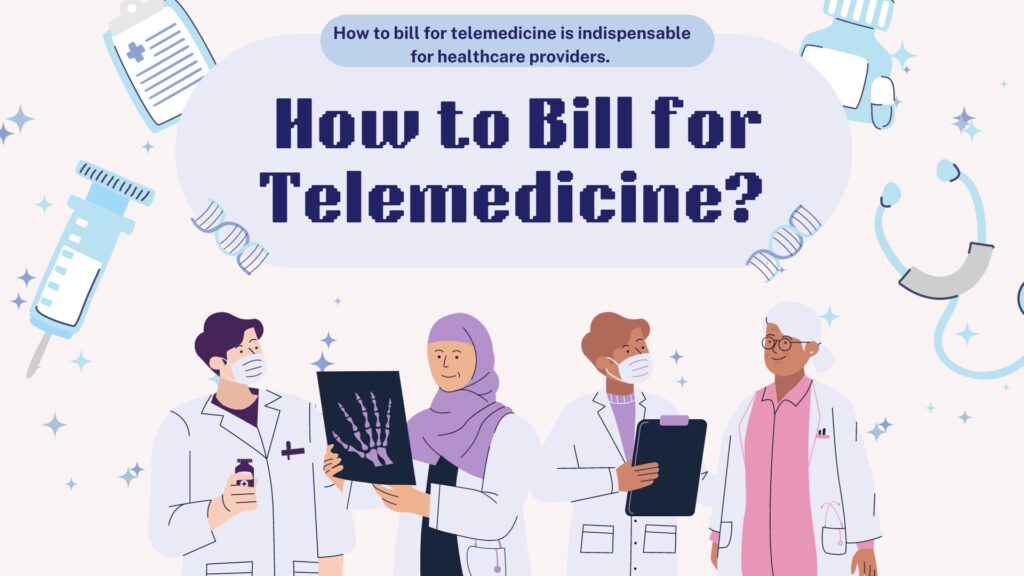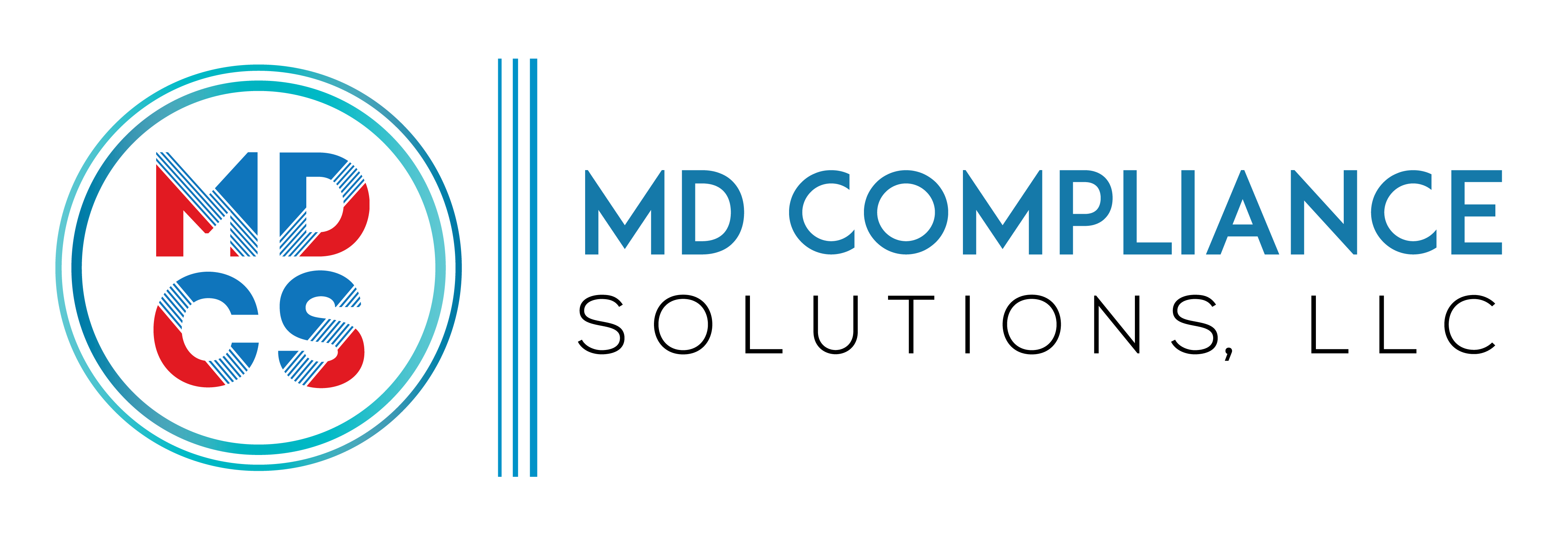Table of Contents
How to bill for telemedicine?
Understand E/M codes, POS codes, and paperwork to ensure an effective telemedicine billing process. Learn payer policies and compliance to ensure easy reimbursement. Billing for telemedicine requires several essential processes and considerations to ensure accurate and timely reimbursement. Telemedicine, or telehealth, is the practice of providing healthcare treatments remotely via the latest telecommunications technology. This could involve video consultations, phone calls, or online patient portals.
What is telemedicine?
Healthcare professionals use information and communication technologies to deliver healthcare services to people and communities, with distance playing an important role. The most recent technologies are utilized to exchange valid data for research and assessment, diagnosis, treatment, and prevention of disease and injury, as well as continuing education of healthcare personnel.
Understand the billing codes:
Different types of telemedicine services necessitate specific billing codes. Commonly used codes include:
- CPT codes for evaluation and management services include:
- 99201–99205 for newly admitted patients. (As the visit gets more complicated, the number goes up.)
- 99211-99215 for established patients.
- To indicate that the service was provided via telemedicine, use modifiers like GT (by interactive audio and video telecommunications technologies) or 95.
(POS) Places of Service Codes
Where the service was rendered is indicated by the Place of Service code. Use this for telemedicine:
- POS 02: Telehealth services rendered away from the patient’s residence.
- POS 10: In-home telehealth services for patients
Requirements of Documentation
To bill for telemedicine, proper documentation is essential. Make sure you incorporate:
- Note the kind of service rendered, how long it lasted, and pertinent clinical data.
- Record the patient’s approval to use the telemedicine services.
- Make sure to accurately document all the time spent with the patient, including time spent talking to other healthcare practitioners or reading medical records.
- Take note of the telemedicine session’s technology platform.
- Document the medical necessity of the telehealth visit, including the patient’s condition and the reasons why an in-person visit was not required.
- The patient’s medical history, symptoms, diagnosis, course of therapy, and any prescriptions or recommendations should all be included in thorough clinical notes.
Check payer policies
Policies for telemedicine billing vary amongst payers (Medicare, Medicaid, private insurance). Before filing claims, confirm each payer’s requirements to ensure compliance and prevent denials. Know which insurance carriers your patients use. Understanding these criteria and keeping accurate patient records can help healthcare practitioners maximize reimbursement and minimize claim denials.
Send in your claims
Ensure accurate use of CPT, HCPCS, and ICD-10 codes. Send in your claims with the relevant modifiers and codes. Make sure you have attached all the necessary paperwork. Use the Physician Fee Schedule (PFS) to submit Medicare claims to your Medicare Administrative Contractor (MAC).
Track the Claims
Remember the progress of your claims and inquire about any rejections or denials. Deal with any problems as soon as possible to ensure the speedy payment. It is a good idea to outsource the billing, which help you to manage complications and increase reimbursement rates. Because the outsourcing company is good enough to deal your claim with their extensive experience.
Advanced Tips
Keep yourself updated on the most recent developments from CMS and other pertinent authorities. To reduce errors and boost productivity, make sure your billing personnel is properly trained in telemedicine billing procedures. Inform patients about the advantages of telehealth, what to expect during a visit, and prepare how to bill for telehealth services. Furthermore, to acquire the patient’s trust, you must invest in dependable technology and internet connectivity to provide a positive patient experience. Use practice management software designed exclusively for telemedicine to improve scheduling, billing, and patient communication.
Wrap Up
By following these steps, you can efficiently charge for telemedicine services while ensuring appropriate reimbursement. It is difficult to keep up with all of these changes, which is why the majority of medical specialists are contracting out medical coding and billing companies. Effectively navigating the particulars of how to bill for telemedicine is indispensable for healthcare providers. The healthcare industry is changing, and telemedicine has become a vital component of patient treatment. Understanding how to bill for telemedicine is critical for practices seeking financial stability and expansion.
Read More: Learn Urgent Care Billing and Coding


